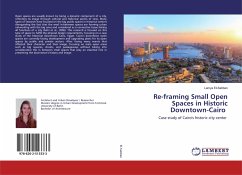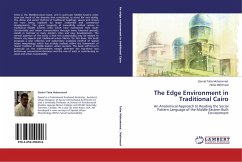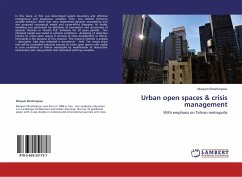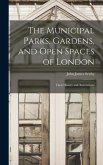Open spaces are usually known by being a dynamic component of a city, reflecting its image through cultural and historical points of view. Many types of research have focused on the big public spaces in historical centers disregarding the fact that the small in-between spaces are forming urban networking with the big ones and considered as a connective tissue linking all functions of a city (Gehl et al., 2006). This research is focused on this type of space to fulfill the physical design requirements, focusing on a case study of the historical downtown Cairo, Egypt. Cairo's downtown open spaces are currently facing development and upgrading plans for its open spaces by public and private sectors. After facing many events that affected their character and their image, focusing on main open areas such as big squares, streets, and passageways without taking into consideration the in between small spaces that play an essential role in presenting the downtown's history and image.








